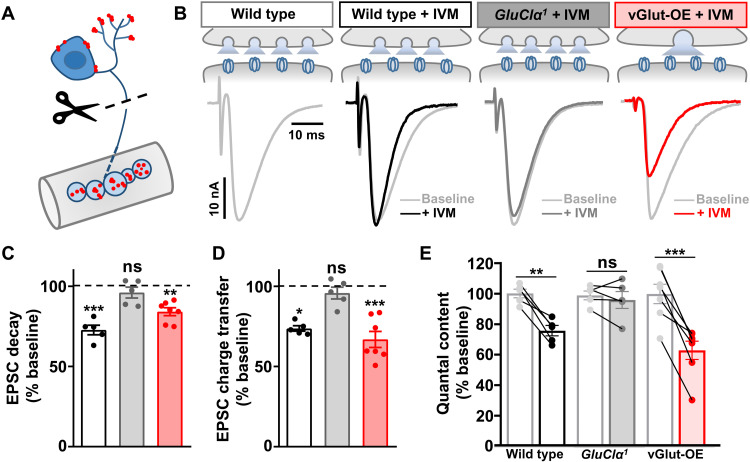Fig. 6. Acute application of the GluClα agonist IVM induces local presynaptic inhibition.
(A) Schematic illustrating the putative subcellular locations of GluClα (illustrated in red) at dendrites and axon terminals of motor neurons. Cutting the motor nerve and then applying IVM enables a pharmacological and functional test for the local and acute action of GluClα at motor neuron terminals. (B) Schematic and representative EPSC traces in wild type, GluClα, and vGlut-OE before (gray) and after (color) IVM application to the same NMJ. IVM application to wild-type NMJs significantly increases the EPSC decay time constant while having no significant effect on GluClα-mutant NMJs. In contrast, IVM application to vGlut-OE diminishes EPSC amplitude and decay kinetics, suggesting an increased sensitivity to IVM. (C) Quantification of the average EPSC decay time constant of the indicated genotypes after IVM application normalized to baseline (before IVM application) values (wild type, n = 5; GluClα1, n = 5; vGlut-OE, n = 7). **P < 0.01 and ***P < 0.001. (D) Quantification of the average EPSC total charge transfer in the indicated genotype after IVM application normalized to its baseline value before IVM application (wild type, n = 5; GluClα1, n = 5; vGlut-OE, n = 7). *P < 0.05 and ***P < 0.001. (E) Quantification of mEPSC and quantal content values in the indicated genotypes after IVM application normalized to baseline values (wild type, n = 5; GluClα1, n = 5; vGlut-OE, n = 7). **P < 0.01 and ***P < 0.001.

